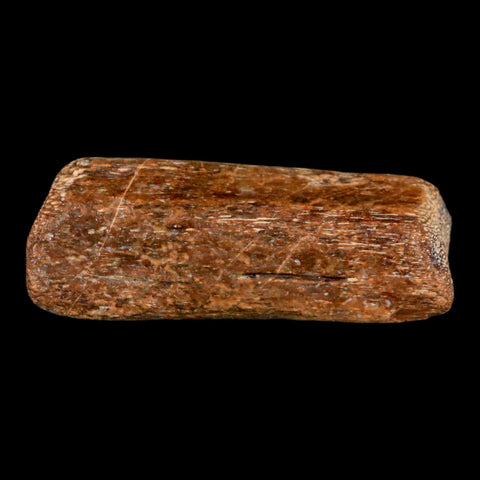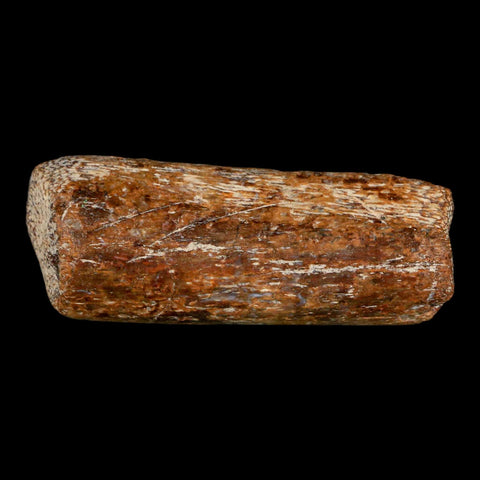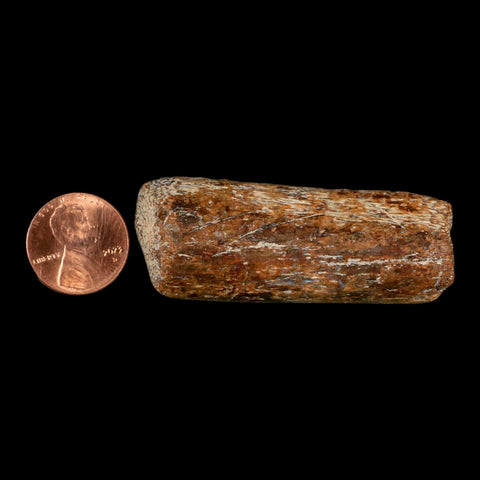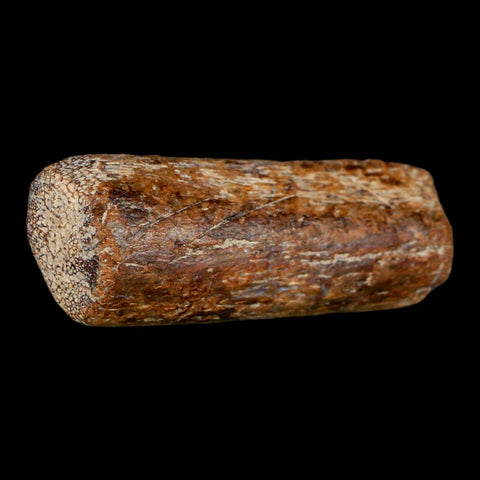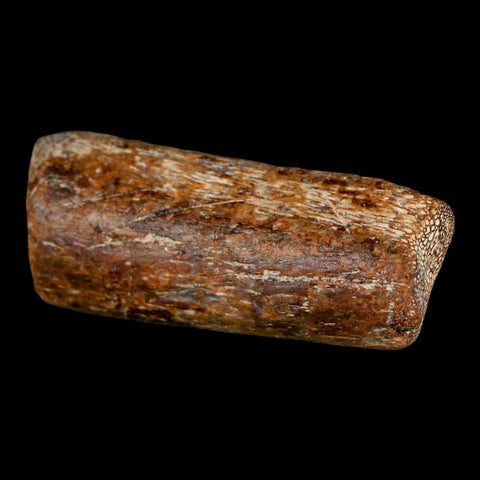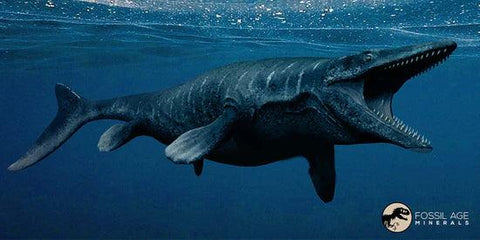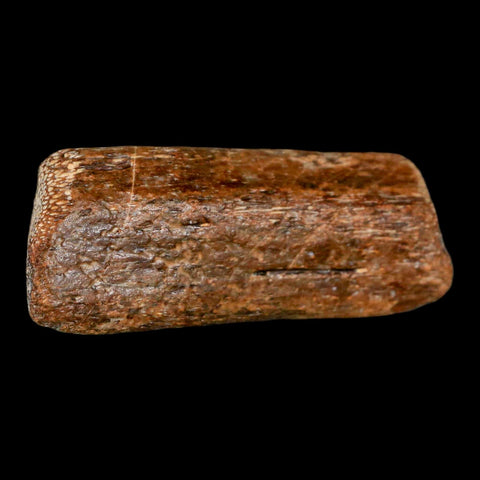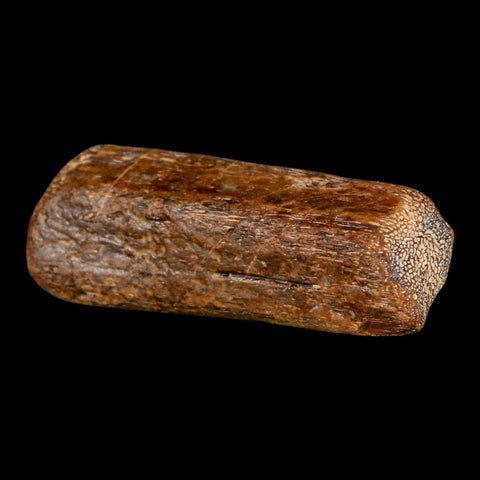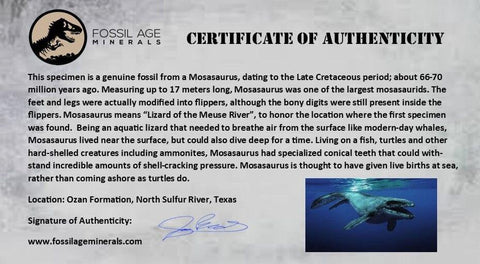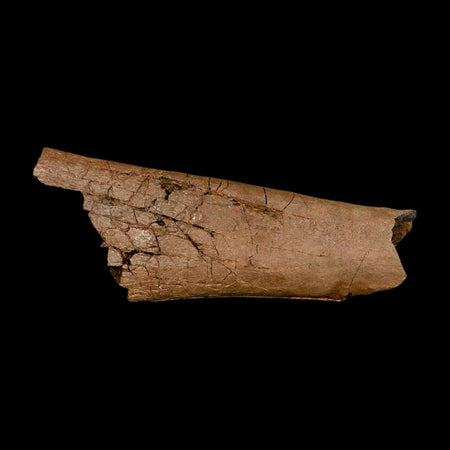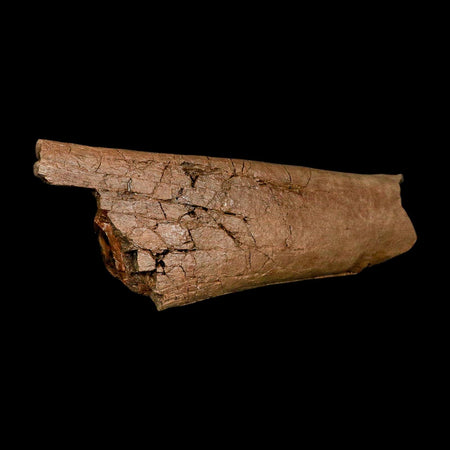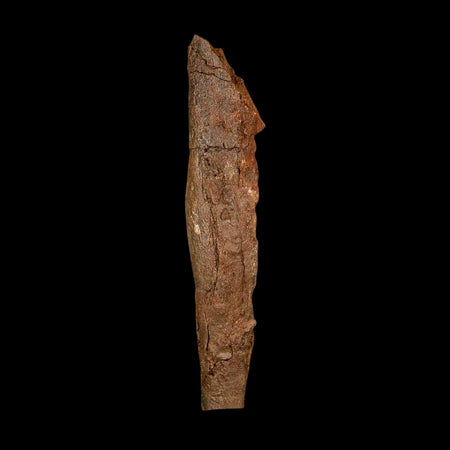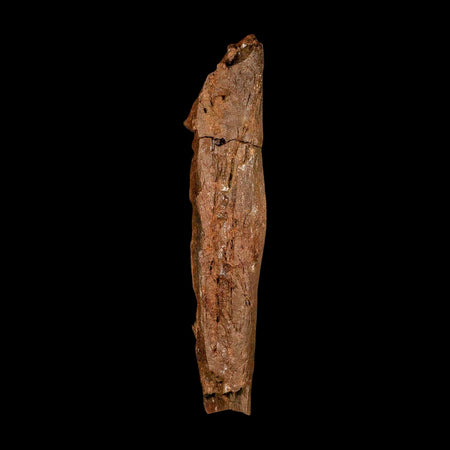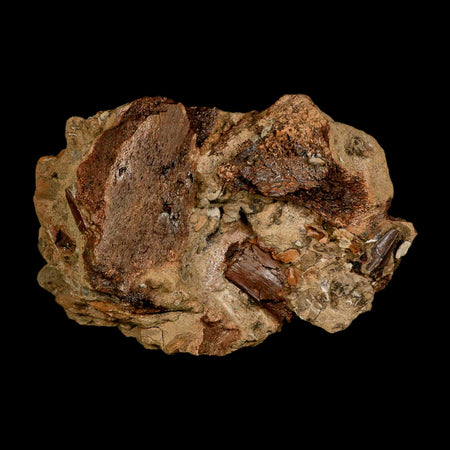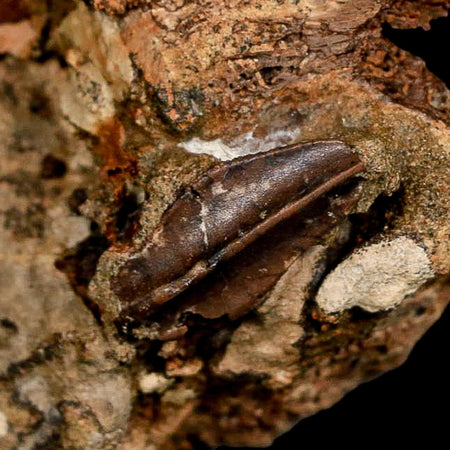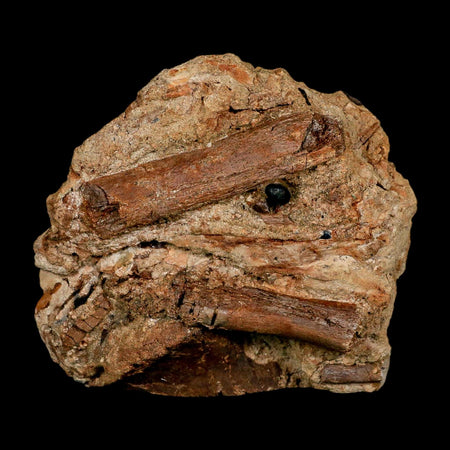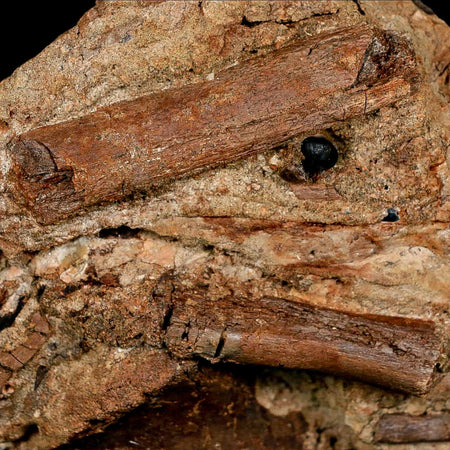2.3" Mosasaur Fossil Rib Section Cretaceous Dinosaur Era Texas Ozan FM COA
Location: Ozan Formation, Fannin County, Texas
Weight: 1.1 Ounces
Dimensions: 2.3 Inches Long, 0.8 Inches Wide, 0.6 Inches Thick
Comes with a Certificate of Authenticity.
The item pictured is the one you will receive.
This is a genuine fossil.
100 - 66 Million Years old, Upper Cretaceous, Maastrichtian Epoch.
Name: Mosasaurus
Named By: Dollo - 1889.
Diet: Carnivore.
Size: Depending upon the species, Mosasaurs could range between 6 and possibly just under 14 meters in length.
Known locations: Fossil locations suggest a worldwide distribution, but are especially well-known from Europe and North America.
Time period: Campanian to Maastrichtian of the Cretaceous.
Mosasaurs represent the largest lizards to have ever roamed the Earth, reaching impressive lengths approaching 60 feet, with skulls measuring up to 6 feet. These formidable marine creatures were consummate swimmers, spending their entire existence submerged in oceanic environments. Their elongated, robust bodies featured tails and limbs exquisitely adapted for aquatic locomotion. Propelling themselves with undulating, serpentine motions complemented by their finned tails, they steered adeptly using small, webbed feet. These reptiles thrived during the late Cretaceous period of the Mesozoic Era, roughly between 96 and 65 million years ago. As carnivorous predators, they preyed on fish, sea urchins, turtles, and shellfish. Coexisting alongside numerous dinosaur species, Mosasaurs ultimately vanished during the Cretaceous-Tertiary mass extinction event.

Please be aware of the nature of fossils:
Being buried under the ground for millions of years under tons of pressure tends to be rough. No fossil comes out of the ground whole and perfect. Most fossils have undergone some restoration, while others are altered by man simply to enhance their presentation in different ways. The workers in the United States do a very professional job of unearthing and preserving these natural treasures; however, natural cracks are commonly visible on the surface. These are part of the natural beauty of the fossil and are not considered defects.


